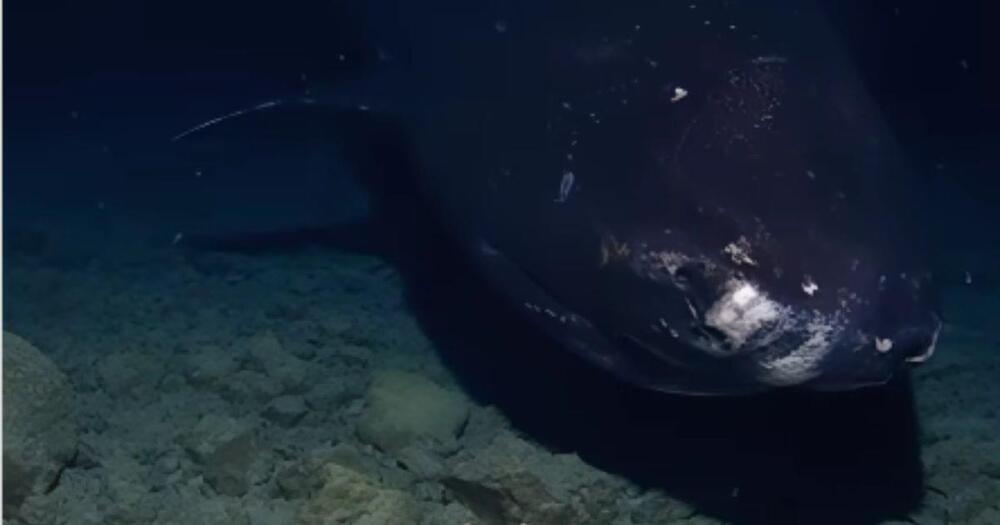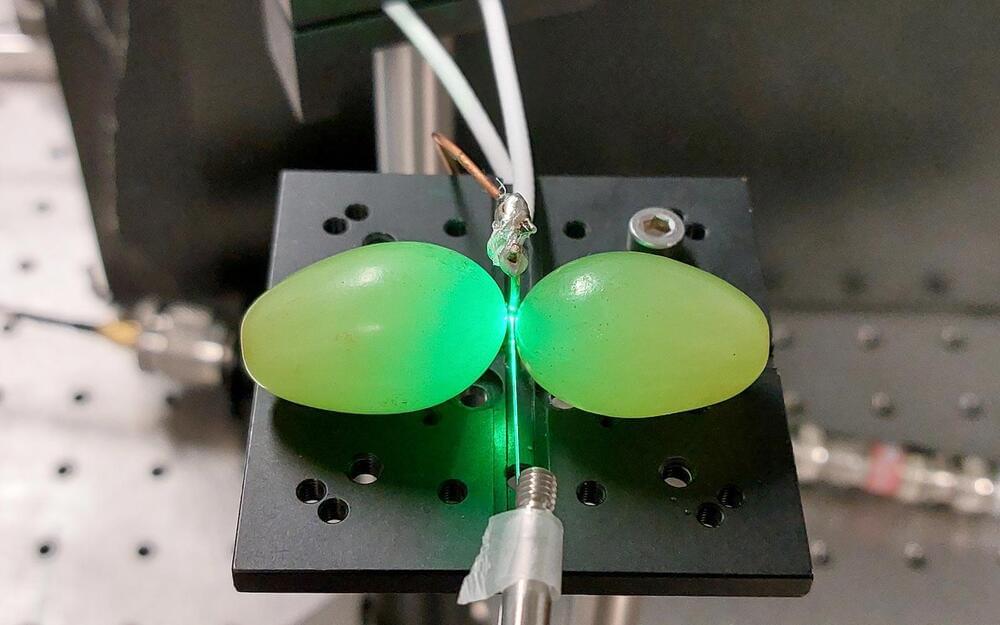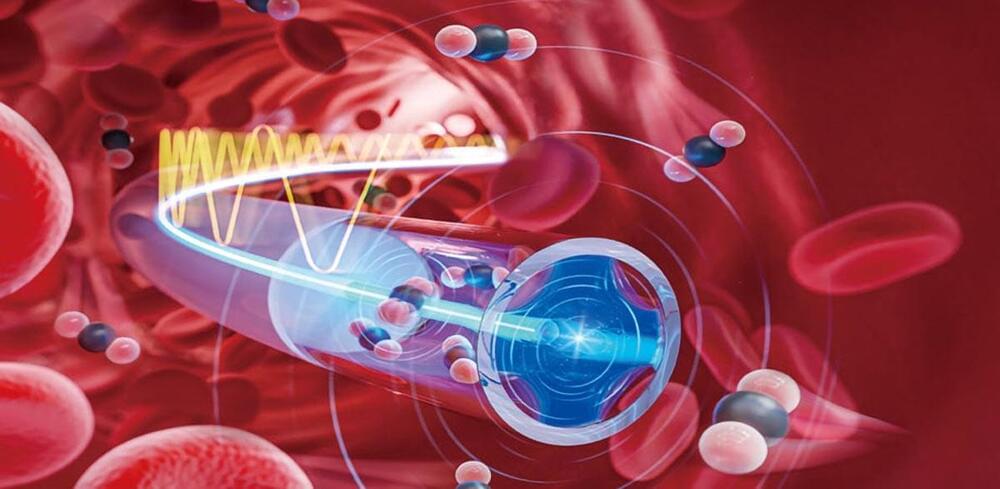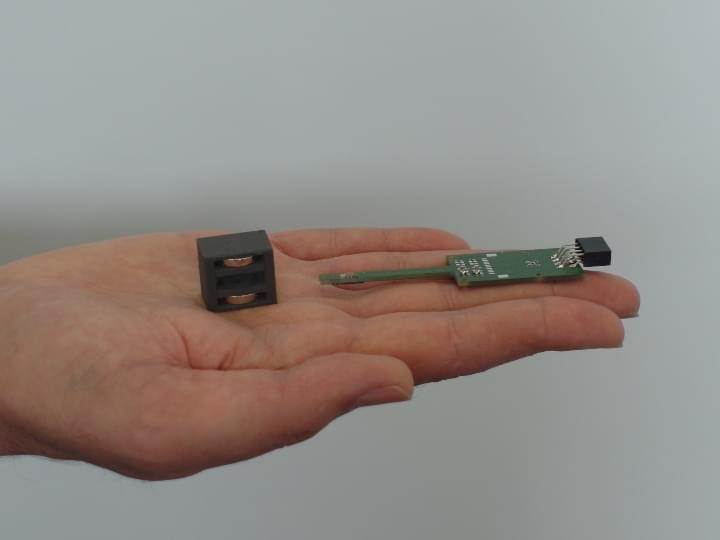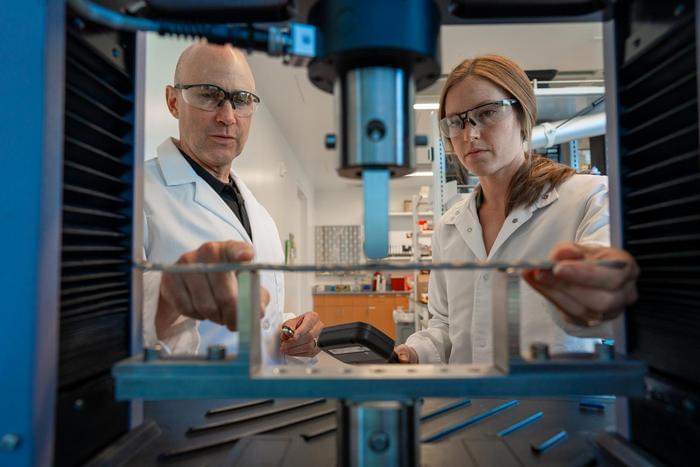NSF NOIRLab rings in the New Year with a glittering galaxyscape captured with the Department of Energy-fabricated Dark Energy Camera, mounted on the U.S. National Science Foundation Víctor M. Blanco 4-meter Telescope at Cerro Tololo Inter-American Observatory in Chile, a Program of NSF NOIRLab. This ultra-deep view of the Antlia Cluster reveals a spectacular array of galaxy types among the hundreds that make up its population.
Galaxy clusters are some of the largest known structures in the known universe. Current models suggest that these massive structures form as clumps of dark matter and the galaxies that form within them are pulled together by gravity to form groups of dozens of galaxies, which in turn merge to form clusters of hundreds, even thousands.
One such group is the Antlia Cluster (Abell S636), located around 130 million light-years from Earth in the direction of the constellation Antlia (the Air Pump).
